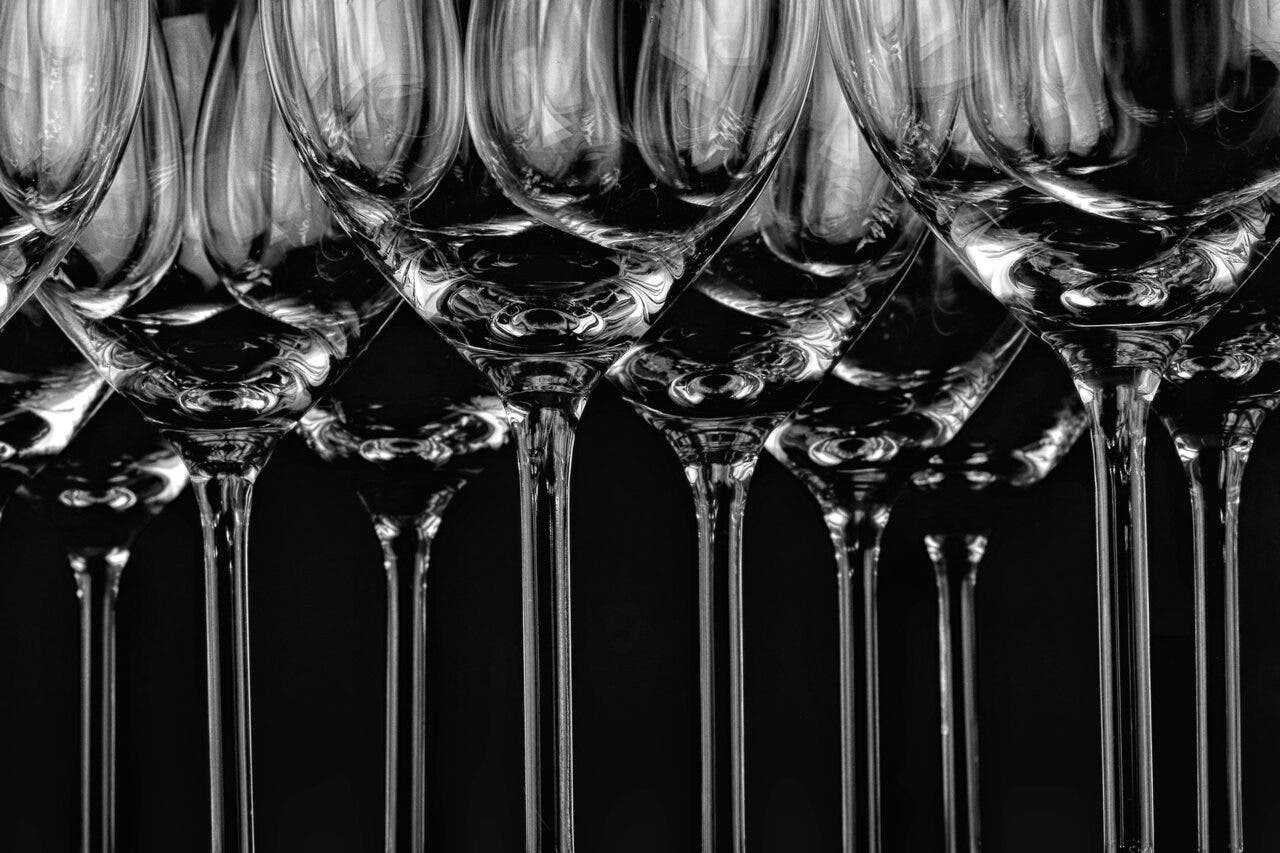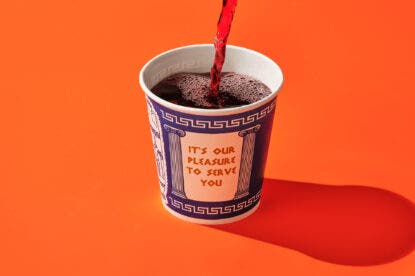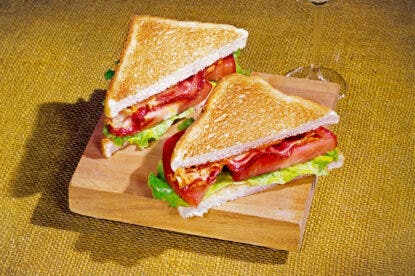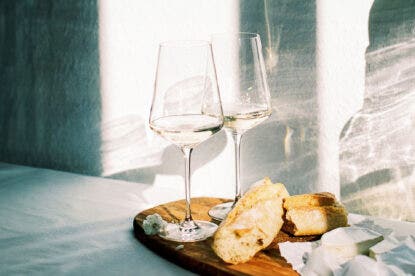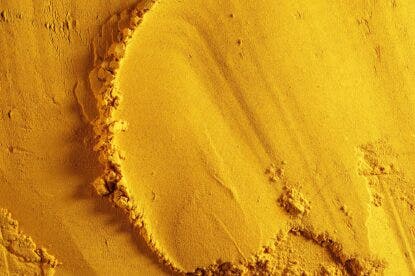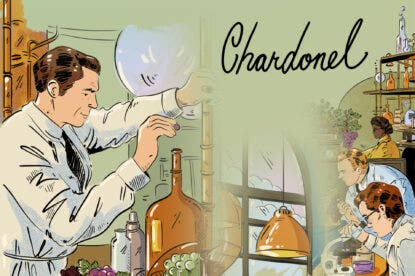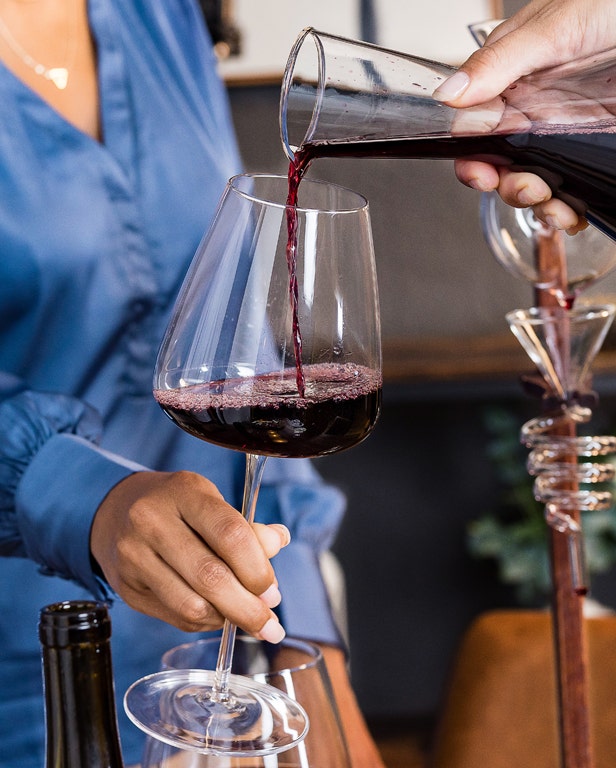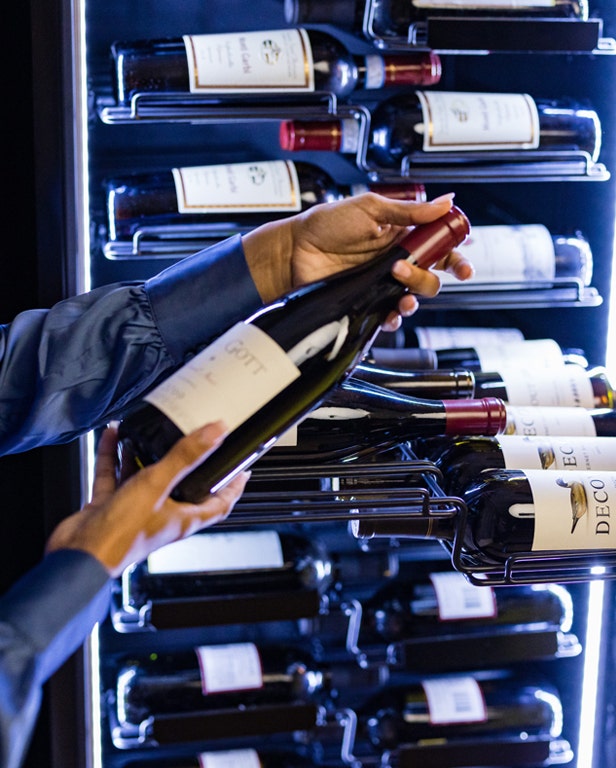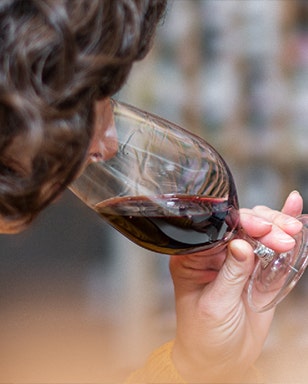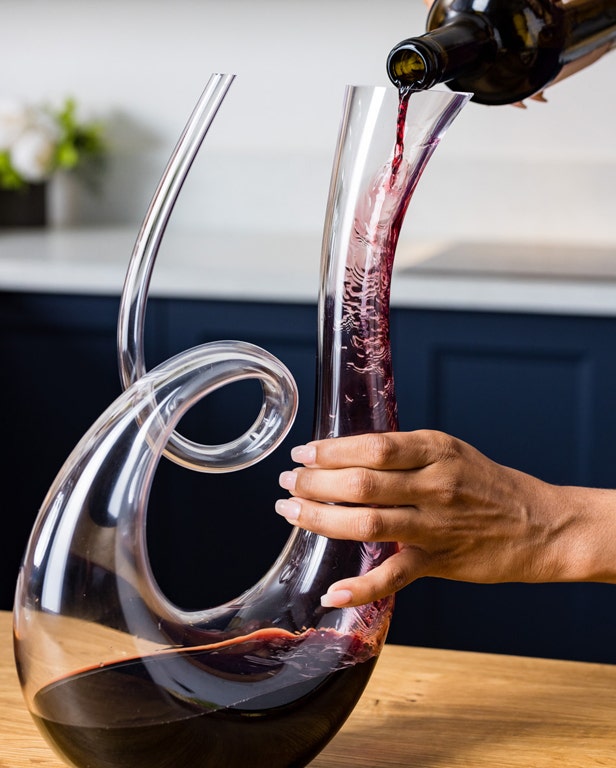Over the last decade or so, an abundance of wine glass shapes have hit the scene that range from basic and inexpensive to elaborate and exorbitant. While there are still variety-specific options for stemware (Cabernet Sauvignon/Bordeaux, Pinot Noir/Burgundy, Chardonnay, etc.), universal glasses seek to become the perfect choice for every wine style.
Size Matters
Whether your wine is red, white, rosé, sparkling or fortified, aromas play a pivotal role in its overall character. The smaller the bowl, the harder it is for all of those aromas to escape. Larger bowls allow for more oxygen to come in contact with the wine. They also lend themselves towards an easier swirl, which not only looks cool, when executed properly, will aerate the wine and help it open up.
Variety Specific vs. Simple Red or White
Over the last century, glasses have been designed for just about every major grape variety. Each wine style has specific characters in terms of acidity, fruit expression, tannin and alcohol, and the different glass shapes intensify or mellow those attributes. If your goal is to build a stellar collection, this is a fun route to travel. However, you can stick with a standard Cabernet, or red, wine glass for all red wines, and a Chardonnay glass for white wines, and not lose out on the intricacies of the wine. If you seek variety-specific glasses, here’s the nitty gritty for those stems.
How Much Can Our Break-Resistant Wine Glasses Handle?
Spoiler alert: A lot. Break and scratch-resistant, and dishwasher safe, our Vienna glasses are the perfect pick for casual sipping and entertaining alike.
Cabernet Sauvignon/Bordeaux
Your traditional red wine glass. Cabs and Bordeaux tend to be high in alcohol and tannin. A larger bowl with more height creates more distance between the wine and the drinker, causing ethanol to dissipate on the nose and allowing more oxygen to encourage tannins to soften.
Syrah/Shiraz
Slightly taller than the Cab glass and with a slight taper at the top, this glass is designed to focus the fruit and allow plenty of aeration to mellow tannins in these massive red wines.
Pinot Noir/Burgundy
The extremely wide bowl and tapered rim allows plenty of aeration, concentrates delicate aromas and showcases the bright, rich fruit.
Chardonnay/Viognier
Your traditional white wine glass. It’s meant for young, fresh wines, as the slightly narrow rim concentrates the nose of highly aromatic white wines. The smaller bowl size also keeps white wine colder than the large bowls used for reds.
White Burgundy
Similar in shape to the Pinot Noir glass just smaller in scale, the wide bowl and narrow rim concentrates aromas and achieves maximum aeration on creamy white wines to reveal subtle complexities and offset rich fruit concentration. This glass is often confused with the Chardonnay glass.
Sparkling
The Champagne flute is all about the bubbles. It keeps the fruit and potential yeasty aromas focused with its narrow design, but also allows the effervescence to remain fresh and flow longer.
Fortified
These wines are higher in alcohol than still bottlings. A smaller bowl reduces alcohol evaporation and highlights their rich fruit and complex aromas.
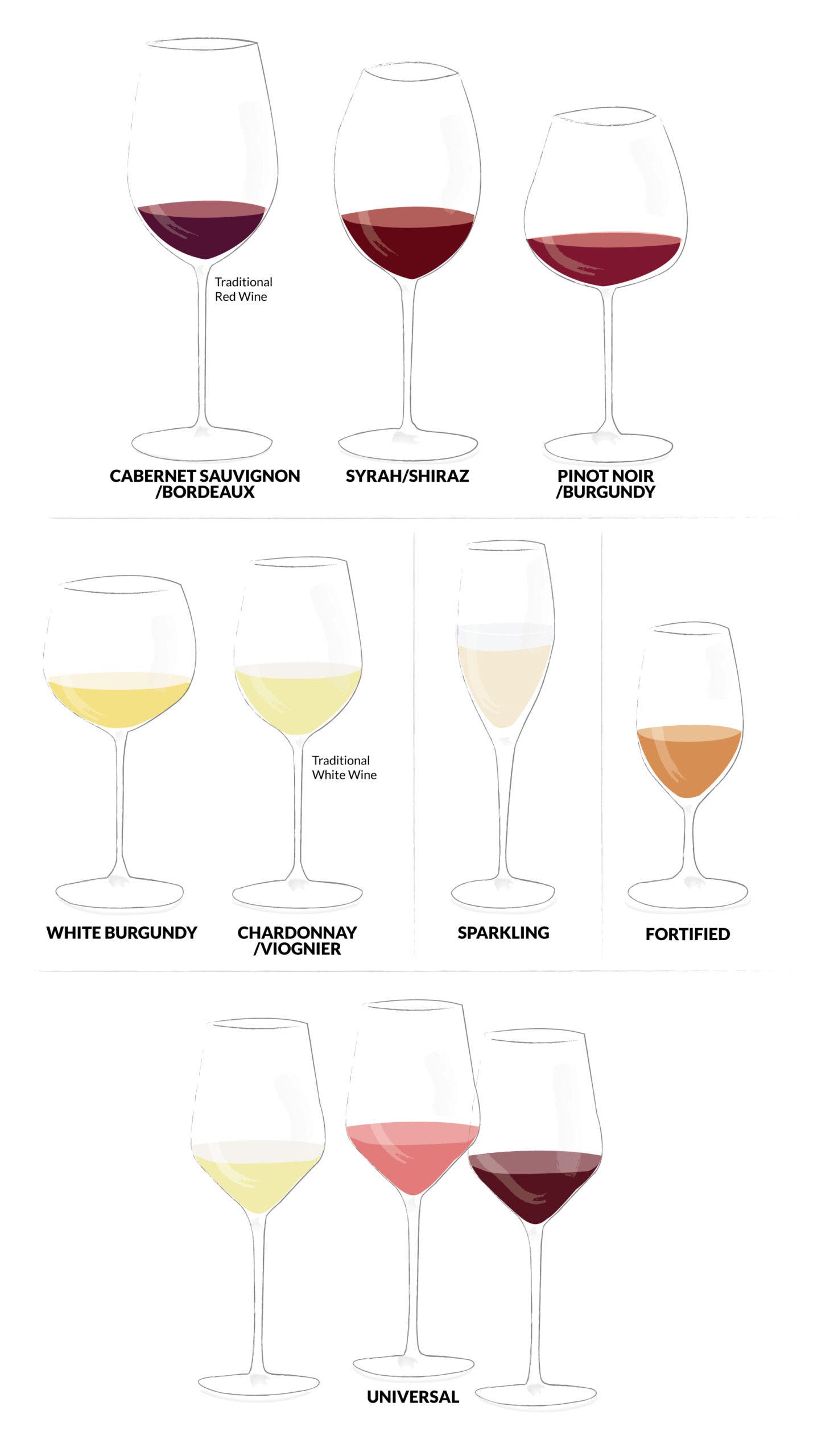
Stemless vs. Stems
While stemless glasses can be excellent options for everyday enjoyment, they may not be the best option for sipping higher-quality wines. They force users to grasp its bowl, rather than a stem or base, causing the wine’s temperature to rise due to heat from the hand. It’s not a huge disaster for reds, but can be for white wines. Fingerprints and smudge marks are also inevitable with stemless glassware.
Thin is In
The latest trend in stemware is a super-light, thin stem and lip of the glass. These elegant collections, like Zalto and Zenology, can feel like you’re barely holding a glass at all. Tasting rooms and top wine restaurants offer their finest wines in this style of glassware. However, they are as delicate as they are refined. If broken wine glasses are an epidemic in your home, you may need something a little more substantial, like Riedel or Fusion.
Ditch the Flute
Sparkling wine, particularly Prosecco, is now consumed more than ever. But wine lovers enjoy the aromas that pop out of the glass, which can be muted with the traditional, narrow Champagne flute. Though to toast with a flute is always popular, a white wine or universal glass is often the better option. If you search for a happy middle ground, a coupe or tulip-shaped Champagne glass allows bubbles to flow a bit longer than the typical wine glass, which enable more of the intense aromas to shine.
One Glass For All
If you don’t want to choose which glass goes with which wine, then the universal glass is the way to go. Sized somewhere in between a Chardonnay and a smaller red glass, it’s the most versatile option to enjoy all of your favorite wines, including sparkling! Growing in popularity, just about every glass collection offers a universal option.
Published: October 30, 2018




